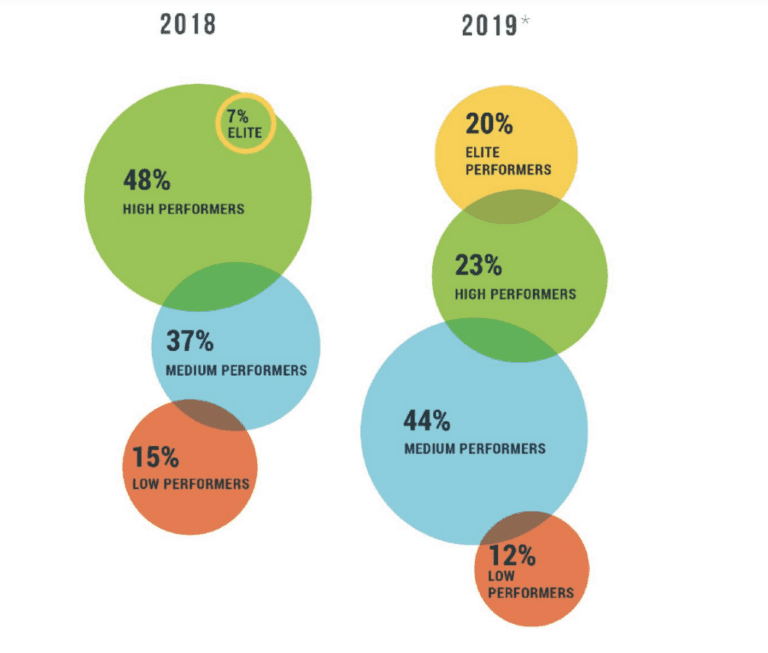 The term DevOps has been bandied about for several years now, and while its meaning is open to debate, it’s basically a set of principles that help establish roles for developers and IT to build software in a continuous delivery environment. Developers deliver the code at whatever cadence makes sense for the organization, and operations makes sure it’s secure and bug-free before shipping it.
The term DevOps has been bandied about for several years now, and while its meaning is open to debate, it’s basically a set of principles that help establish roles for developers and IT to build software in a continuous delivery environment. Developers deliver the code at whatever cadence makes sense for the organization, and operations makes sure it’s secure and bug-free before shipping it.
As software development cycles have shifted over the last decade from a waterfall approach that took months or even years between updates, to an agile one where updates move much more quickly, it required a new approach to the way developers and operations worked together. Thus, DevOps was born.
Google, which is a big adherent of accelerated development techniques and evangelizes the approach to other companies, has been following DevOps trends for the last six years in a comprehensive yearly report. The report looks at how DevOps savvy companies rate on a scale that grades DevOps performers as low, medium, high, or elite. This year the number of high and elite performers increased substantially from last year. This year’s report looked at around 1,000 responses.
What it all means
According to Google, one of the defining factors of an elite performer is intelligent use of cloud resources. This involves five key cloud usage approaches, as defined by the National Institute of Standards and Technology (NIST). These include on-demand self-service, broad network access, resource pooling, rapid elasticity, and measured service.
It’s worth noting that these all involve maximizing the use of the cloud to your advantage. Having on-demand means you don’t have to ask for resources as you do when adding resources to a data center. Broad network access allows you to take maximum advantage of using the cloud. Resource pooling, rapid elasticity, and measured service will ensure you get the resources you need when you need them, but only pay for the services you use.
One other finding worth pointing out was the report found evidence that smaller companies, defined as those with less than 5,000 employees, actually performed better than larger ones. This is likely because there is much greater complexity inside larger organizations, making any kind of transformation more difficult. That said, this approach is not out of reach of smaller ones.
The report offers much more than these insights, but it should give you a sense that as an MSP, you need to be aware of these modern approaches and how to help your clients move forward to be more DevOps savvy.
Photo: REDPIXEL.PL / Shutterstock


[…] SOURCE: https://smartermsp.com/how-devops-savvy-is-your-organization/ […]